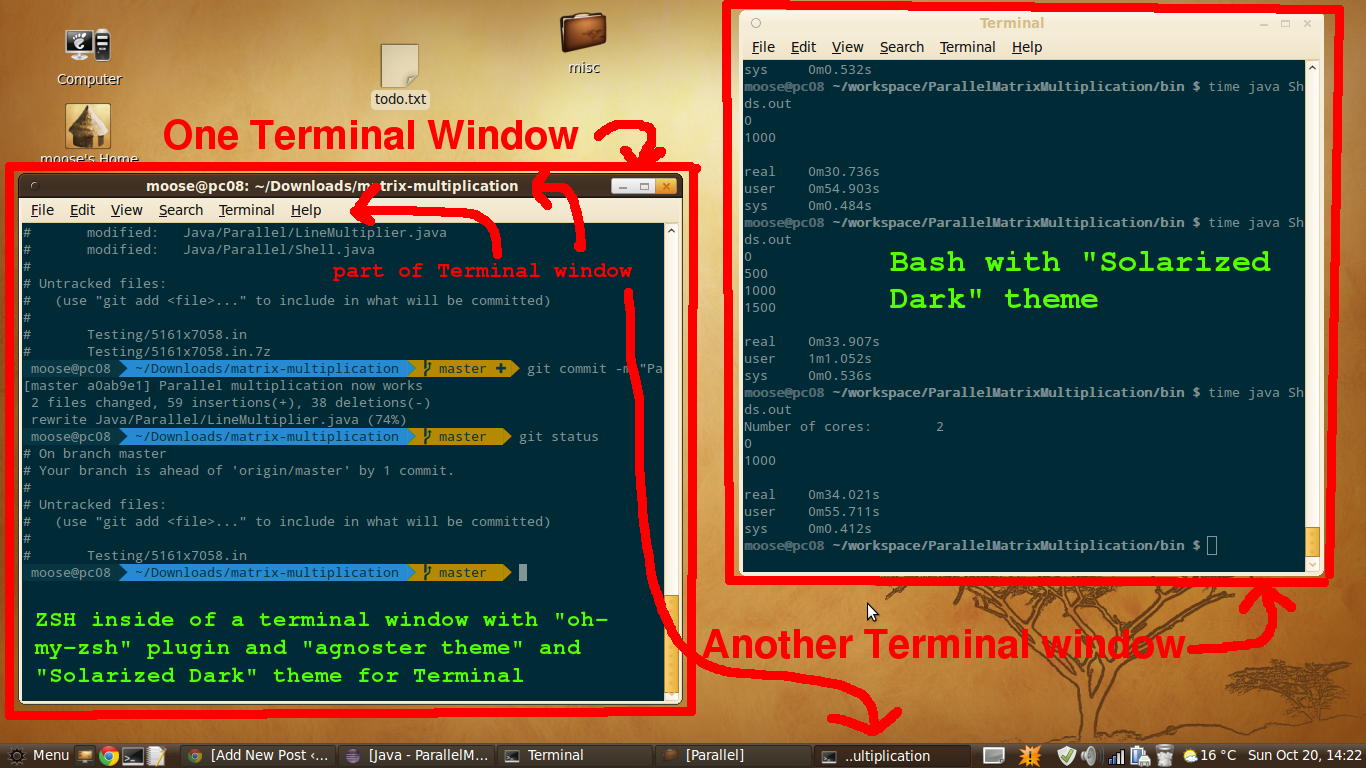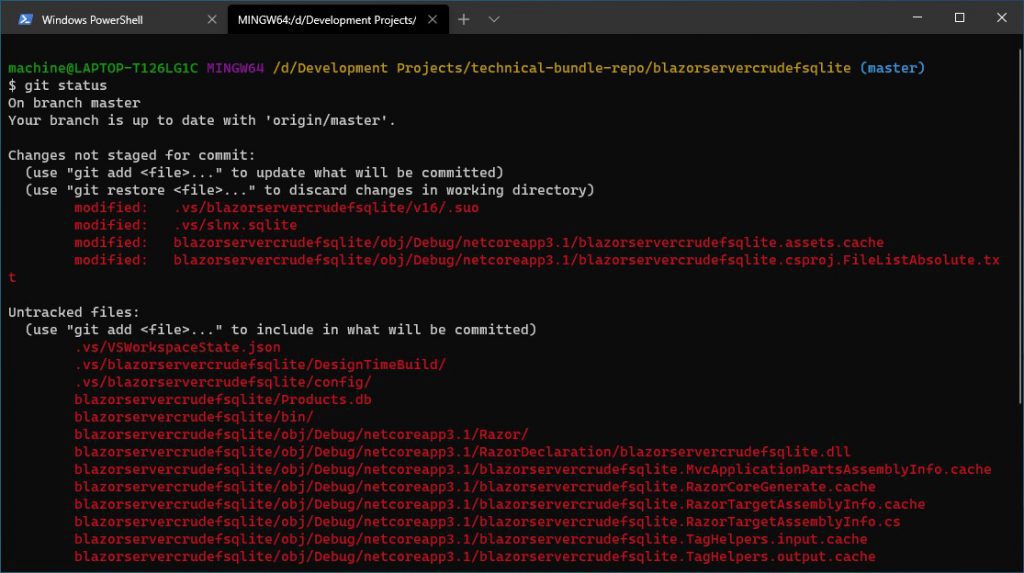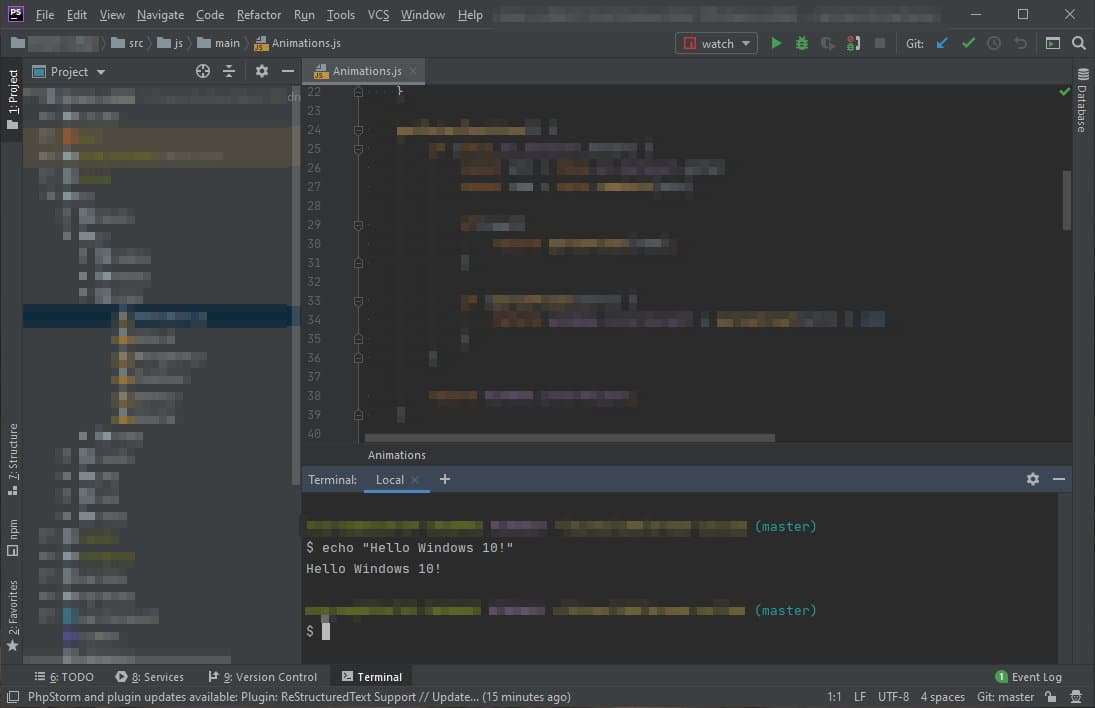

To run the script, you can now just run it in the terminal by typing its path. The same techniques will work in Bash on Ubuntu on Windows. For more advanced tricks, consult a more detailed guide to Bash scripts on Linux. Add a “#” character before a line to treat it as a “comment”, something which helps you and other people understand the script but which isn’t run as a command. The script will run each command in turn. RELATED: The Beginner's Guide to Shell Scripting: The BasicsĮnter the commands you want to run, each one on its own line. Start your shell script with the line: #!/bin/bash

(The “~” character represents your home directory, so the full path is /home/username/myscript.sh.)

This would open the Nano text editor pointed at a file named “myscript.sh” in your user account’s home directory. It’s easier to use if you’re new.įor example, to create a bash script in nano, you’d run the following command in bash: nano ~/myscript.sh The vi editor is more powerful, but if you’ve never used it before, you may want to start with nano. The Ubuntu-based Bash environment comes with both the vi and nano text editors. However, you’re better off just writing the shell script in the Bash environment itself. However, you can use more advanced text editors–for example, Notepad++ allows you to give a file UNIX end-of-line characters by clicking Edit > EOL Conversion > UNIX/OSX Format. Save the file in Notepad and it won’t be interpreted properly by Bash. Each of these distributions offers command-line access to Linux, from which you can run bash scripts or Linux command-line utilities.In other words, this means that you can’t simply write a shell script in Notepad. The Microsoft Store offers officially supported Linux distributions for Ubuntu, openSUSE Leap, SUSE Linux Enterprise, Debian/ GNU Linux, and Kali Linux.

In the Windows 10 Anniversary Update, Microsoft added the Windows Subsystem for Linux to Windows 10 and even offered (in partnership with Canonical) a fully functional version of Ubuntu Linux-officially, just shell access, although it took about three nanoseconds for people to figure out how to run regular Linux apps in X sessions on Windows 10. This article explains how to activate, download, install and use the Windows Subsystem for Linux (WSL) in Windows 10. Use it to run bash scripts or Linux command line utilities. Run the distribution and update if needed.Next, go to the Windows Store > select and install a distribution.Activate WSL as an optional Windows feature or through a PowerShell command > reboot.


 0 kommentar(er)
0 kommentar(er)
